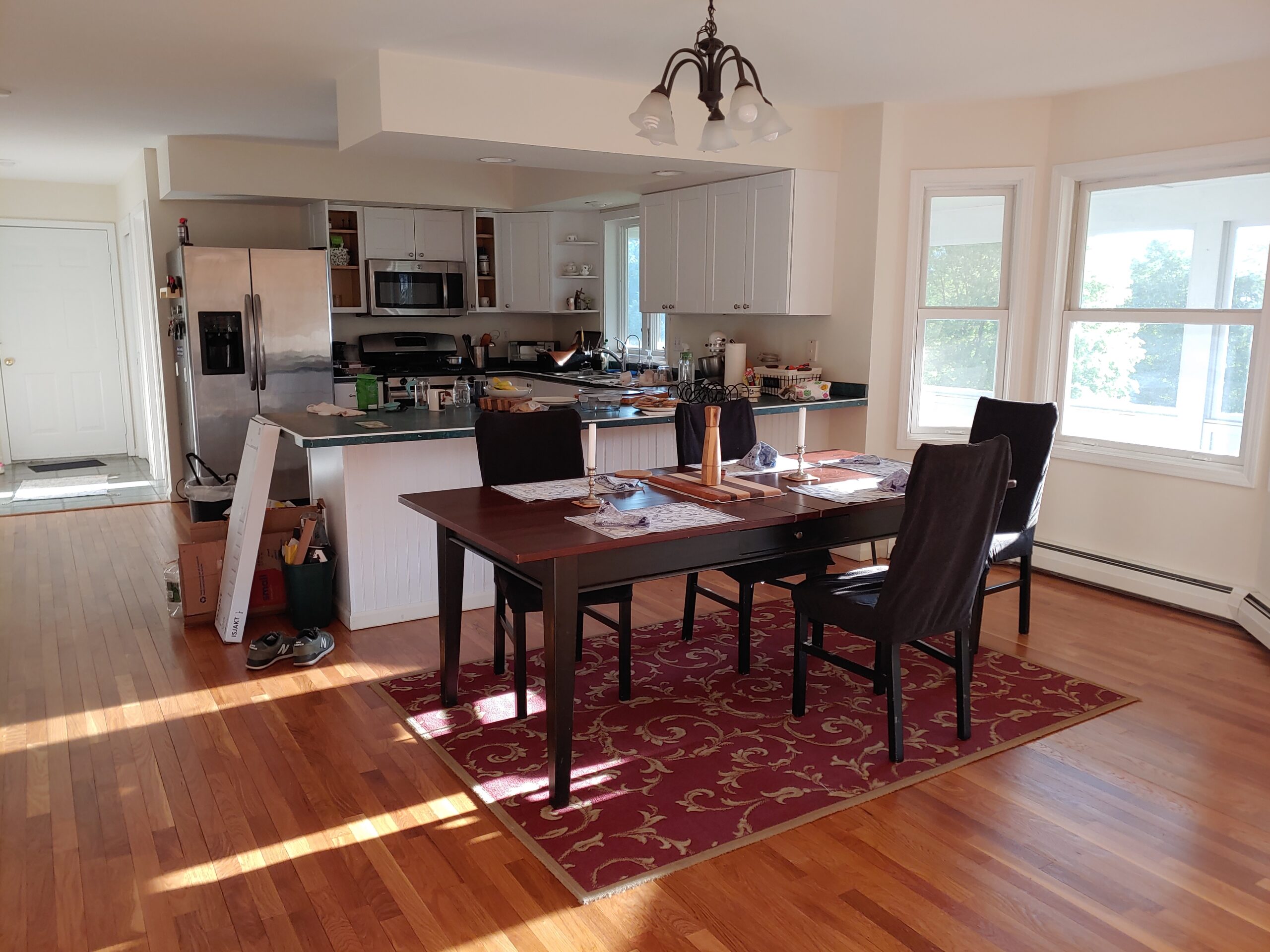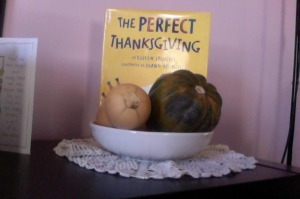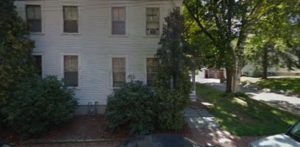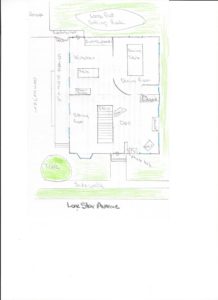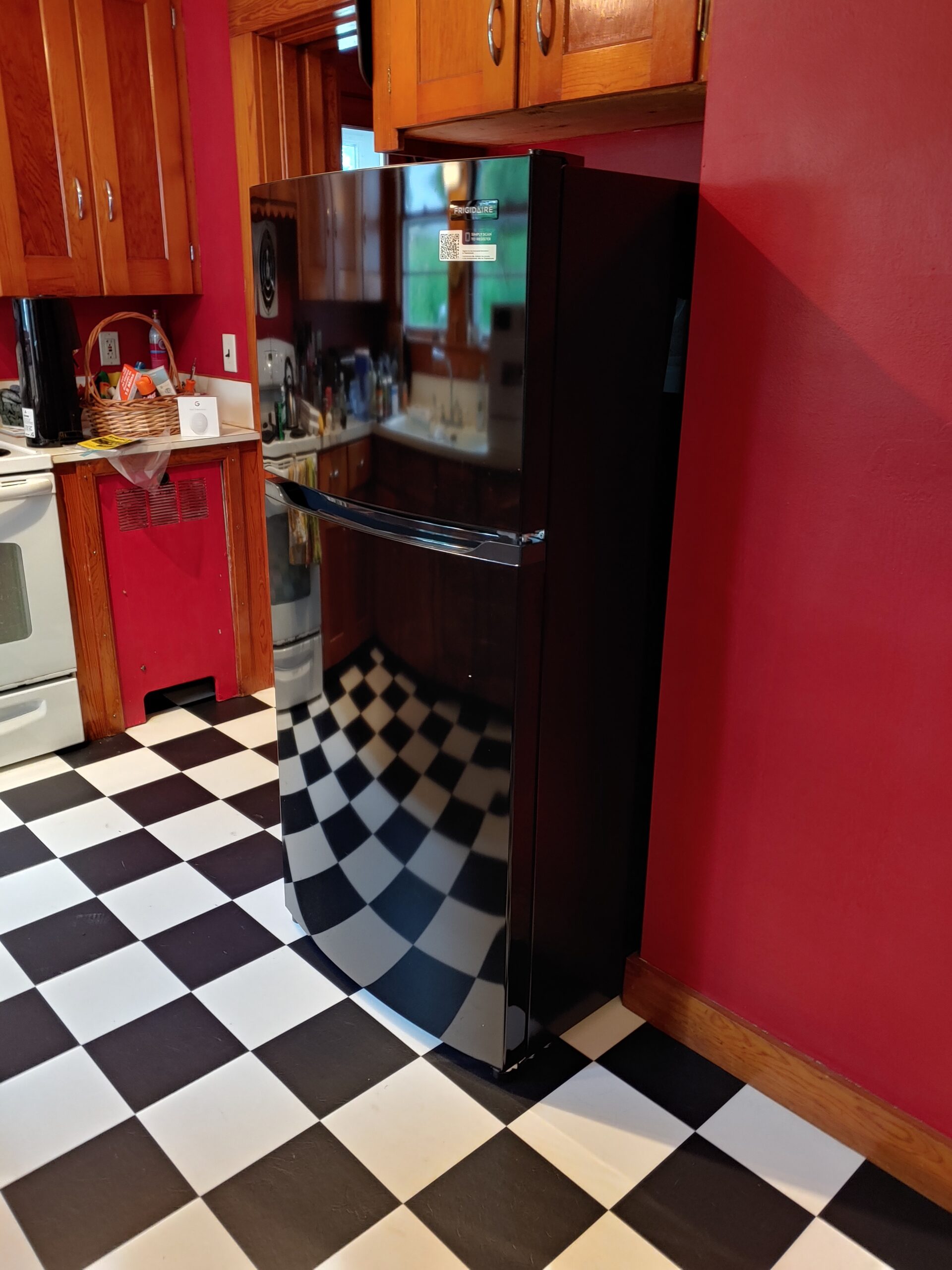
Sweep, dust mop, vac, wet mop – so many options for cleaning the surfaces I walk on every day. Hair, food bits, shedded cat claws, lint, dust, spider webs, dirt, pebbles, sand – the usual things I see as I remove them from the floors. Not counting spot-cleaning for spills and quick sweeping for the mess at the door, I spend about an hour each week cleaning floors. If I Murphy’s Oil Soap all the wooden ones, it’s an extra hour. I can’t say that I look forward to doing the floors, but I can say that the result is very satisfying. The house looks better and feels calmer somehow – happier to have the week’s dirt collected and taken away.
Lately, cleaning the floors has taken on additional significance. The stuff I sweep into the dust pan is a tangible reminder that I affect the spaces around me, leaving traces of myself behind as I walk through the house and the larger world. It isn’t just dust and hair, it’s a word spoken and a deed done, consciously or not. Whether the my passing through leaves a blessing or just a headache/soulache of a mess behind depends on whether I walk in love or not.
